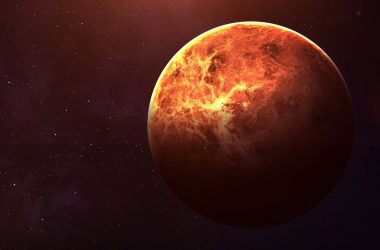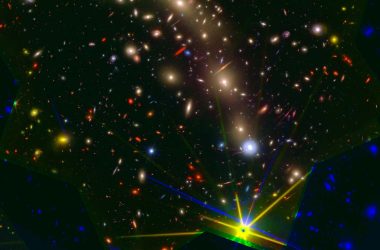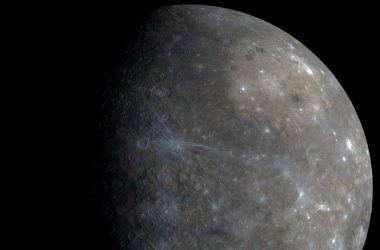Mimas photographed by NASA’s Cassini spacecraft
NASA/JPL-Caltech/House Science I
Saturn’s moon Mimas seems to have an enormous world ocean beneath its icy shell, in accordance with shut measurements of its orbit. If different icy worlds have related oceans, it might improve the variety of planets which are hospitable to life.
Mimas is the smallest of Saturn’s seven main moons. It was lengthy considered largely composed of strong ice and rock, however in 2014 astronomers noticed that its orbit round Saturn was unexpectedly wobbling, which might solely be defined by both a rugby ball-shaped core or a liquid ocean.
Many astronomers rejected the ocean rationalization as a result of the friction wanted to soften the ice must also have produced seen marks on Mimas’s floor. Nevertheless, current simulations have steered that this ocean might exist with out such marks.
To search for extra clues, Valéry Lainey on the Paris Observatory in France and his colleagues analysed observations of Mimas’s orbit made by NASA’s Cassini spacecraft. They discovered that its orbit round Saturn has drifted round 10 kilometres over 13 years.
In keeping with the crew’s calculations, this orbital drift might solely have been produced by wobbles from an icy shell sliding over an ocean, or a core with a bodily not possible pancake form.
The moon’s oval-shaped orbit and lack of floor marks additionally counsel that the ocean is round 30 kilometres deep and fashioned lower than 25 million years in the past. “It’s very, very current,” says Lainey. “We’re kind of seeing the delivery of this world ocean.”
In addition to explaining the dearth of floor marks, this current exercise might assist clarify why the moon is so markedly completely different from neighbouring moons. Enceladus, which has the same form and orbit to Mimas, has a worldwide ocean but in addition a really lively floor and a large water spout. This distinction would possibly simply be one among time, says Lainey, and in hundreds of thousands of years Mimas’s melting ice might make it look just like Enceladus.
“It’s exceptional if it’s true,” says William McKinnon at Washington College in St. Louis, Missouri. However there are nonetheless issues that don’t fairly add up, he says, just like the huge 139-kilometre-wide Herschel crater, which was fashioned from an infinite influence. If Mimas’s icy shell actually is simply tens of kilometres deep, then we’d have seen proof of this within the influence and aftermath, like a warped crater flooring, says McKinnon. Additionally, it’s unlikely that we’d have a front-row seat for such a brief and distinctive time in Mimas’s lengthy historical past, he says. “I stay a Mimas ocean sceptic,” says McKinnon.
But when Mimas does have a hidden ocean, then it might counsel that different icy planets and moons in our photo voltaic system or elsewhere may very well be related, which additionally expands the likelihood for all times. “It’s extending our imaginative and prescient of what’s a liveable world and what’s not,” says Lainey. “Mimas exhibits you that even a useless physique that doesn’t appear like it’s harbouring something might have life sooner or later.”
Subjects:












